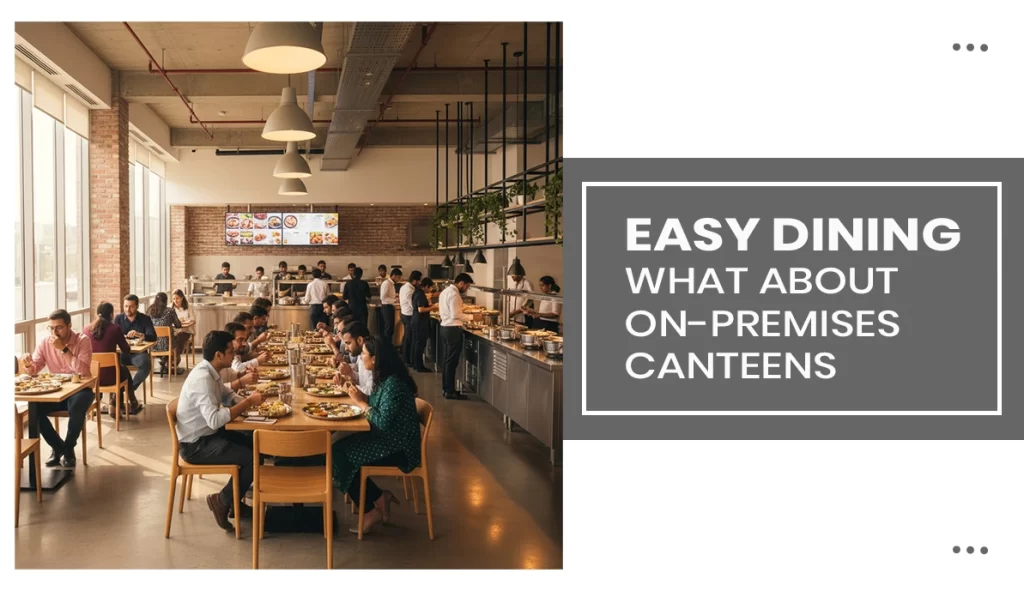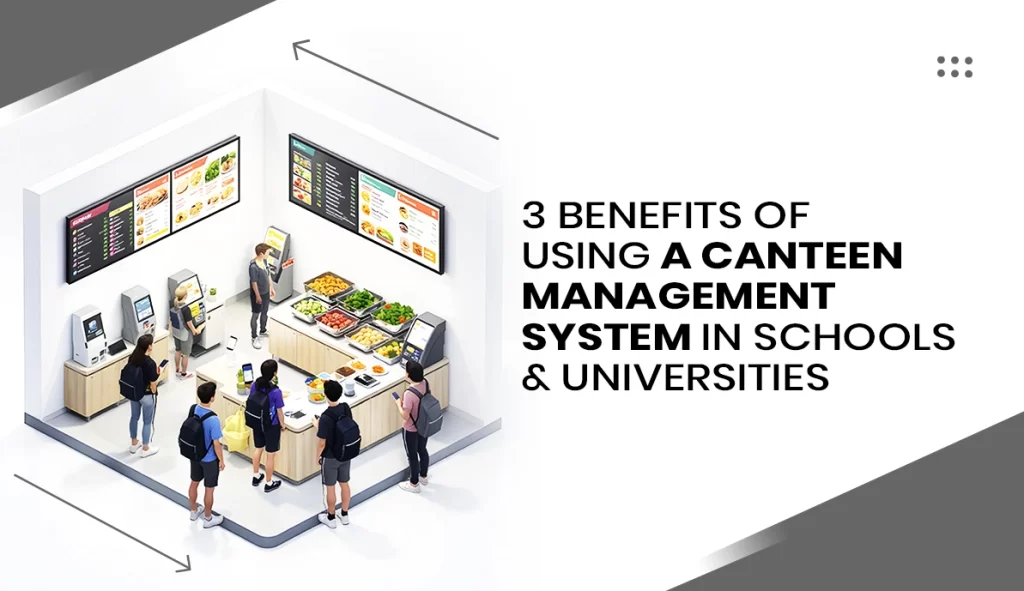
In the everyday workplace dining culture in Kolkata, on-premises canteen solutions are no longer an option; they’re a must. At Albus Hospitality, our motto is to deliver modern canteen services that meet the needs of today’s working professionals. Whether you run a corporate office, an organisation, or an institution in Kolkata, on-premises canteens ensure on-time, high-quality meals that boost productivity. Not only that, but the variety of modern food items can also offer a morale-boosting experience for the employees or students.
Why Modern On-Premises Canteens Matter in Kolkata
In a city like Kolkata, with its growing work culture and diverse employee base, on-site dining services have a significant impact. The on-premises canteen solutions can:
Better employee satisfaction: A convenient, well-organised dining experience means less time queuing or leaving the campus during breaks.
Encourage healthier eating habits: Albus Hospitality Services carefully designs menus and operations to ensure that employees and students can enjoy balanced, hygienic meals.
Heightened brand identity: A well-run on-premises canteen gives visitors a clear impression and helps nurture and retain talent by demonstrating care and responsibility in the workplace culture.
Companies and schools in Kolkata that are planning to enhance their food-service infrastructure must find a partner like Albus Hospitality.
What Albus Hospitality Brings to Your Table
When you choose Albus Hospitality on-site canteen services in Kolkata, you’re choosing a food delivery partner that offers:
Albus’s model covers planning, sourcing, maintaining hygiene protocols, and operating the everyday operations of an on-site food service facility. Our expertise in serving institutional dining is worth your investment.
Digital-enabled service – We use digital canteen management tools (ordering, payments, inventory & reporting) to streamline operations and enhance the user experience.
Customised menu & focus on nutrition – We understand the local palate of Kolkata while adhering to modern workplace dining standards. At Albus Hospitality, we design menus that balance taste, variety, and health.
Scalability and reliability – Whether your workforce is 100 or 1000+, our infrastructure and service model scales up, ensuring consistent quality across shifts and days.
Backed by the above services, Albus Hospitality Services provides on-premises canteen solutions that meet the expectations of modern workplaces in Kolkata. We are efficient, hygienic, and client-centric.
Fix Your Workplace Canteen Menu with Albus
If you’re ready to transform your workplace dining setup in Kolkata, the path with Albus is easy and direct.
Site assessment: Kitchen space, dining area, foot-traffic, shift patterns.
Meal options: Breakfast, lunch, snacks, shift meals; dietary preferences; vegetarian/non-vegetarian choices.
Operational technology: Order systems, cashless payments, and feedback.
Culture-building through dining experience: Encourage breaks, a fusion of menus, themed meals, and employee engagement that come from the food experience.
Your workplace dining experience: Modern on-premises canteens are no longer just a functional necessity, but a strategic asset for your organisation in Kolkata.
Conclusion
In today’s workplace environment, especially in metro cities like Kolkata, market-standard on-site dining helps retain employees, boost productivity, and enhance brand identity. Albus Hospitality Services delivers customised on-premises canteen solutions. You are investing in a dining ecosystem that supports your people, culture and business goals.
When you’re looking to upscale your workplace dining experience, let Albus Hospitality Services be your food partner with modern, reliable, and employee-centric canteen solutions in Kolkata.
